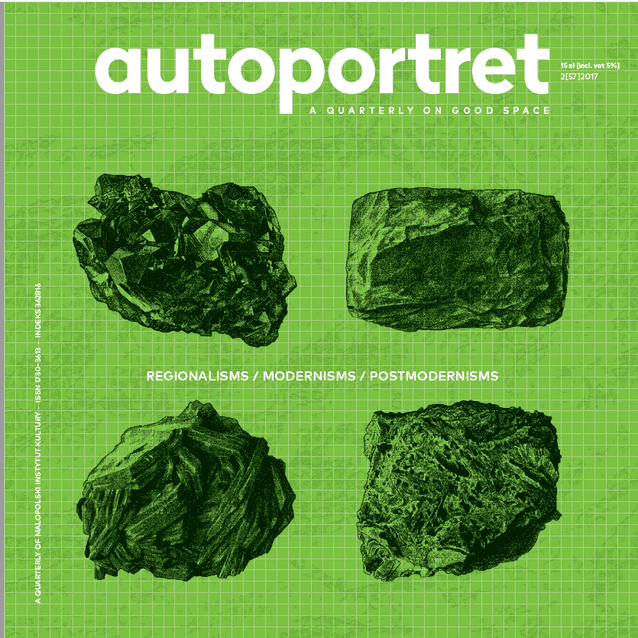There is a place where death seems tame. It is the village of Săpânţa on the bank of the Tisza River in Romanian Maramuresh. Situated in the north-west of Romania next to the border with Ukraine, Maramuresh is one of the biggest valley in the Carpathians and even now forms an enclave, cut off from the rest of the country and accessible only via a mountain pass. The mountain ring is broken only by, bursting westwards, the Tisza river.
Owing to the remoteness and isolation of the area, daily life here has retained the traditional, almost immemorial rhythm. Maramuresh villages, which were wooden until recently, with soaring orthodox church steeples, are considered to be a perfect embodiment of “the Wood Civilisation”, a sanctuary of living folk culture and a reservoir of all that is typically Romanian in the Carpathians.
One of these villages, Săpânţa, has something special to offer. Its Cimitirul Vesel, or the Merry Graveyard, is now one of the major attractions of Romania, always featured in the must see sections in guidebooks. It is true that tourism discovered the place and made it famous; it might even be likened to Lévi-Strauss’ Sad Tropics as a Middle European example of a place where the tourist market exceeds ethnographic and anthropological reflection and dictates its own, superficial interpretation of life.
A topsy turvy world where death is treated light-heartedly as it easily falls within the strategy of consuming curiosities. Will the Maramuresh graveyard be able to withstand the pressure and retain its authenticity if it is Count Dracula, invented out there in the West, who has become the strongest “brand” and a “product” of Romania? The Merry Graveyard is equally interesting, also unique and grand in its own way. We make this observation in the place where we are strangers, tourists who came here drawn by a guidebook description. Even so, I shall venture to claim that the mystery of the graveyard, a bit against its name, is hidden somewhere else.
Instead of the usual representations of saints and symbols of faith, the graves in the Merry Graveyard show scenes from the lives of the deceased. They were executed by Ioan Stan Pătraş, a local carpenter. He sculpted the first grave for a neighbour who drowned in the Tisza in 1935, but it is still an early work. After several years Pătraş added an image and a poem; since then each local family commissioned him to create epitaphs for their deceased. The commissions were so numerous that in time Pătraş had to be aided by his pupil Dumitru Pop, called Tincu, who took over the master’s work after his death in 1977.
The crosses in the Merry Graveyard are the traditional tombstone troiţe.They are predominantly blue as it symbolises heaven where souls of the deceased depart after death. Their characteristic tinge is even referred to as albastru din Săpânţa (Săpânţa blue). One day its fame may even equal that of “Voroneţ blue” – the colour of the paintings from the Voroneţ monastery in Bukovina. Tombstones are decorated with light, clear colours: green as a symbol of life and forest, yellow as that of the sun and harvest, red as the colour of both suffering and passion, white for cleanliness, black for death. They also occasionally feature geometric and floral motifs and cosmic signs: the sun, moon, stars and rosettes. Tombstones are not carved in stone or cast in metal; Pătraş sculpted them in oak wood and justified this choice saying that people in Maramuresh lived among trees and made their living out of wood. It was not by chance that while visiting Romania Claudio Magris noted down, “The Rumanian civilisation is a wood civilisation, based on wood’s goodness and power, the sacred and solid gentleness of furniture, benches and tables which even at home retain the memory of the great forests where local people sought shelter from numerous invasions.”
And yet it is the people commemorated on the tombstones who are the most important. “No joy of life was ever mine, as with a plough I always strived. Death’s heartless talons plucked out my eyes along with soul. When thirty five I turned, my life was at an end,” confesses one of the dead. “I was a good policeman. I greet you and salute you. For we will never see again,” adds another one. The epitaph poems are written in the first person, as if the former inhabitants of the village wanted to tell the living about their lives, their anxieties, and sometimes even tragedies. Apparently, this is the way the living commune with the dead in the small Carpathian community where time resembles a loop rather than a line going into the unknown.
Epitaphs show the deceased at the moments which marked their lives, be it a tragic accident or the daily chores which filled their time on earth. Pătraş sculpted his neighbours with great sympathy, and could excellently depict ordinary, familiar themes such as piety, hard work, fulfilled marital and parental love, sacrifice and help given to others, or peaceful old age.
The Merry Graveyard is, first and foremost, an exceptional pictorial saga of everyday lives of the local inhabitants. This quality makes it unique in the history of art, and not only folk art at that. Săpânţa is a place like many others and that is probably why it had not been so perceptively portrayed before. Ordinary life depicted here in a variety of shades and hues proved to be an area yet unexplored by art and hence – fascinating. Deep realism based on close observation and the epic scope of artistic representation bring Pătraş and Pop – however risky the comparison may seem – close to the De Limbourg brothers, authors of the famous Very Rich Hours of the Duke of Berry.
The graveyard is both a group portrait of the village community and an image of heaven – not only due to the heavenly blue of the tombstones. Visions of the last judgement and the eternal order which will follow are practically a Romanian speciality. Although the most famous paintings cover the walls of monasteries in Bukovina, it is difficult to imagine any orthodox church porch (pridvor) or narthex without such a scene. In the cases where its layout was controlled by theology, often combined with politics, the division line ran smoothly.
Heaven, or New Jerusalem, was entered primarily by people of the right denomination – the Orthodox Church. Minor offences, resulting from the fallible human nature, were not so important as hell was reserved mainly for enemies. Over a dozen kilometres from Săpânţa, in Deseşti the narthex of the orthodox church of Saint Parascheva houses one of such representations where Turks, Tatars, Jews, Germans (obviously, the local ones, i.e. the Transylvanian Saxes) and Frenchmen (as quintessential examples of moral decay) are depicted among the damned. So much for the didactic zeal of loyal priests; things seem less uncompromising when ordinary mortals like Pătraş and Pop reflect about heaven. After all, death does not pick and choose, it does not take into account one’s deeds or possessions. What is more, in a village like Săpânţa there is no doubt who is a stranger, and who is a fellow villager. A fellow villager is someone we know; strangers are far away and there is no need to bother about their fates. Sooner or later it will be everybody’s turn to pass away into the other world, so there must be a Săpânţa in heaven where everybody will find their place.
Cheerfulness and mocking familiarity with the eternal issues cover a melancholic conviction of the inevitability of what is to happen. This feature is so characteristically Romanian that Lucian Blaga, eminent philosopher, poet and essayist, considers it a fundamental trait of the Romanian soul “stretching between a muted fatalism and hope which is never too fervent.” It is like in the popular ballad Mioriţa (The Little Sheep) whose hero, a shepherd, waits for death instead of running away when he is forewarned by the sheep of the danger posed by his two jealous companions. Despite its tragic implications, death on a mountain pasture becomes a “mystical act of marriage”, a union with nature as the only form of immortality available.
Villagers of Săpânţa do not demonize death. They have tamed it and live side by side with it. It is like a neighbour who you do not pick and even if he is tedious, well, what can you do, he is still a neighbour.
Translated from Polish by Anna Mirosławska-Olszewska









